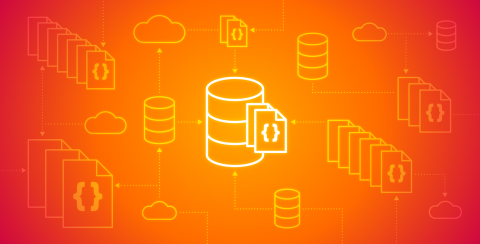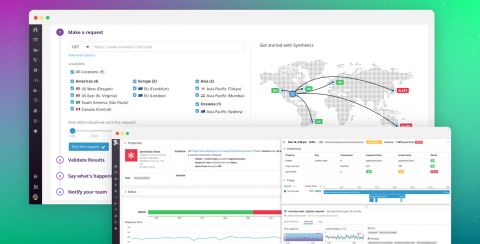How to collect, standardize, and centralize Golang logs
Organizations that depend on distributed systems often write their applications in Go to take advantage of concurrency features like channels and goroutines (e.g., Heroku, Basecamp, Cockroach Labs, and Datadog). If you are responsible for building or supporting Go applications, a well-considered logging strategy can help you understand user behavior, localize errors, and monitor the performance of your applications.











